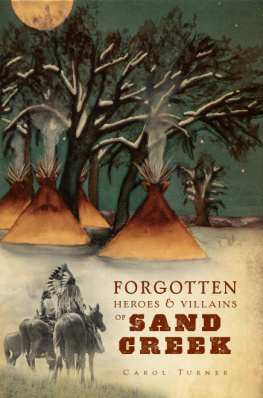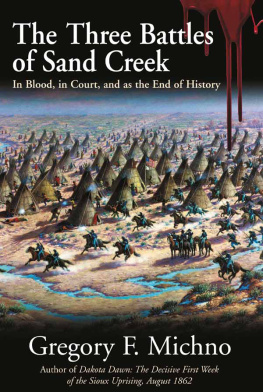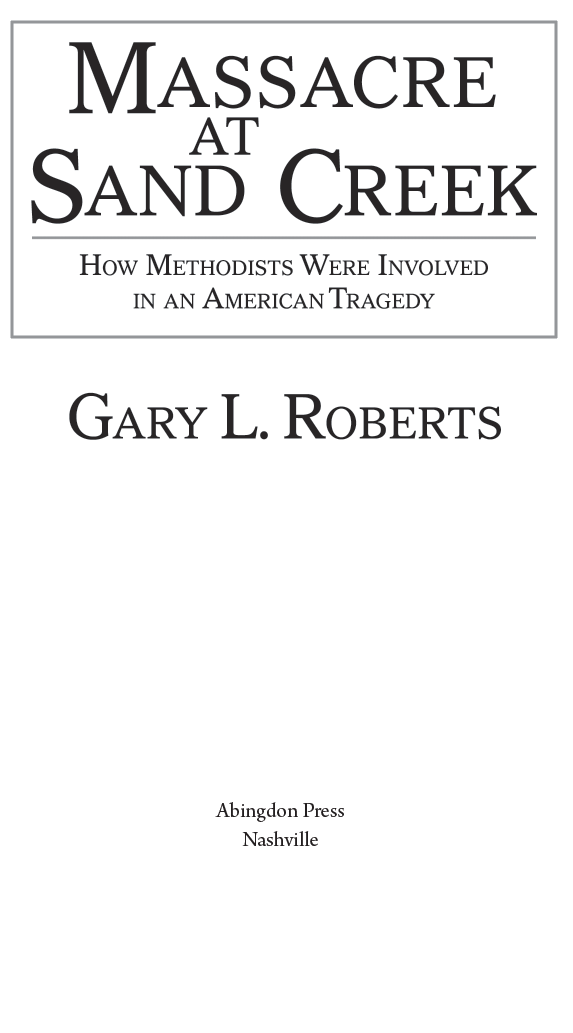Title Page
Chapter 3
Chapter 3
The Bitter Conundrum
At heart, the violent process between white men and red that unfolded in the United States was less about race, or even savagery, than it was about land. Savagery was an image generated by the need to rationalize the taking of the land. Legal forms that justified the Right of Conquest provided the means that supported the American claim that taking the land was a right. John Quincy Adams presented a surprisingly consistent view of white attitudes in 1820, when he wrote, But what is the right of a huntsman of the forest of a thousand miles, over which he has accidentally ranged in quest of prey? This sentence alone contained many assumptions about the differences between Anglo-Americans and Indians and their relative values. But he drove home the point by asking, Shall the exuberant bosom of the common mother, amply adequate to the nourishment of millions, be claimed exclusively by a few hundreds of her offspring?
This would be a consistent view, reiterated over and over again in the nineteenth century. Land not used for agriculture or other development of natural resources, land not settled and opened for development and the growth of towns and roads and civilization could rightly be taken for such higher purposes. Progress could not and should not be held back to maintain reserves for savages and their backward ways. John Marshall insisted that despite his own views of the natural rights of Indians based upon the abstract principles of justice, the Doctrine of Discovery was the law of the land. He wrote, However extravagant the pretension of converting the discovery of an inhabited country into conquest may appear; if the principle has been asserted in the first instance, and afterwards sustained; if a country has been acquired and held under it; if the property of the great mass of the community originates in it, it becomes the law of the land, and cannot be rejected by Courts of Justice.
Forced Inculturation of Indians
The acquisition of the Louisiana Purchase by treaty between France and the United States in 1803, without the participation of any of the tribes who actually occupied the lands, underscored the legal presumptions of whitesthe right to cede by France and the right to acquire by the United States without the consent of Native inhabitants was unquestioned. With that vast new mass of land claimed by international treaty, the United States looked beyond the Mississippi River and found a basis for a policy of removal of tribes east of the river to new homes in the West. At the beginning, this seemed to be a workable alternative to the only choices given to Indiansresist and die or assimilate and disappear.
Even that was a chimera of wishful thinking. Alexis de Toqueville saw through it even before the policy makers had completed the task of removal:
From whatever angle one regards the destinies of the North American natives, one sees nothing but irremediable ills; if they remain savages, they are driven along before the march of progress; if they try to become civilized, contact with more-civilized people delivers them over to oppression and misery. If they go on wandering in the wilderness, they perish; if they attempt to settle, they perish just the same. They cannot gain enlightenment except with European help, and the approach of the Europeans corrupts them and drives them back toward barbarism. So long as they are left in their solitudes, they refuse to change their mores, and there is no time left to do this, when at last they are constrained to desire it.
Even Toquevilles rhetoric, though sympathetic to the Indians, was choked with the assumptions of the linear way of seeing and the judgments about indigenous people that came with it. The entire debate was infused by an ethnocentric world view already more than a thousand years old, embedded in Western thought and government like DNA. To have found anyone within Western society who did not accept the assumptions of the higher claim of the United States to the land would have been virtually impossible, even among the most sincere and dedicated reformers, including those who deplored the forcible civilization schemes of the government and the civilization plans of the reformers. In fairness, policy makers consistently sought ways to make the process easier. They sought an alternative to extinction. But they could find no way that did not involve the forced enculturation of Indians. The challenge was to do so fairly. Their linear way of seeing limited them to their own notions of progress.
They could not escape their conviction that the Indians only hope was to embrace the principles of civilization. This meant changing their ways of life consistent with white views of work, language, values, and religion. Federal policy took shape in the hands of men schooled in the principles of the Enlightenment. They believed in the common origin of all men, in a certain natural equality, and in the perfectability of men. They did not argue an innate racial inferiority. They believed, rather, that human beings passed naturally through stages from savagism to barbarism to civilization. They rejected the notion that Indians were locked into a permanent savage state. They believed that as the environment changes, cultures change, until at last, civilization would be the logical inheritance of all men. And they saw themselves as agents of that process.
What mattered, then, was where particular societies fit on the linear scale of civilization. The goal of policy had to be to promote the civilization of the tribes. Trade, the introduction of agriculture, the promotion of private property ownership, education, and Christianization would be the instruments of change because the yeoman freeholder was the foundation of civilization as they understood it. Not only did the ideals of the Enlightenment and of Protestant Christianity support this position, but the emergence of scientific racism in the nineteenth century reinforced it and strengthened its rationale.
By then, other alternatives were impossible. Even if policy makers could have closed the West to all settlement and avoided all trade and social interchange with the Indians, creating a vast enclave where the natives could live without contact, too much had already happened for such a plan to work. First, it would have been inconsistent with white Americans vision of progress. Civilizing Indians was, for them, a positive goal. Moreover, although some of the tribes were only then encountering whites in person, changes had already taken place within their societies as the result of white presence in North America that could not be undone. The only way to have insured a different outcome was for the Europeans to have stayed in Europe. So the well-intended, well-meaning plans to protect Indian rights and lives were doomed to failure by a mind-set that could not escape its assumptions.
The good intentions of policy makers were consistent over time in their commitment to the transition of Indians to a new way of life based upon the Great Values. The policy makers and reformers underestimated the task, but they gave little thought to whether or not it was right. Their Eurocentric world view and their ethnocentric view of indigenous people blinded them to the reasons policies failed and to the arrogance of their belief that Native cultures were the great impediments to a satisfactory solution to the Indian question.
Salvation and Civilization
Anglo-Americans seemed incapable of recognizing the value of cultures and beliefs other than their own. In the language of Protestant Christianity, Indians had to be born again as civilized men, not through some instantaneous conversion but through a guided transition to a new way of life. The intent of reformers was benevolent; they did not see themselves as the agents of extermination but of salvation. Their ability to confront the issues was trapped by their world view. Indeed, from their point of view, they were offering Indians their most precious giftssalvation and civilization.
Next page







